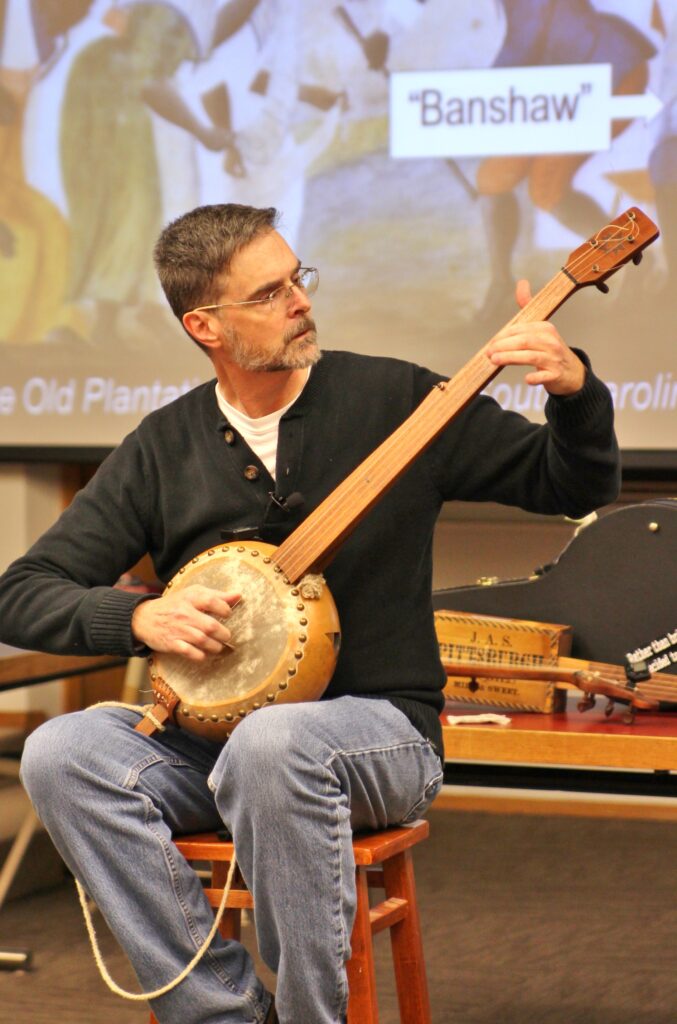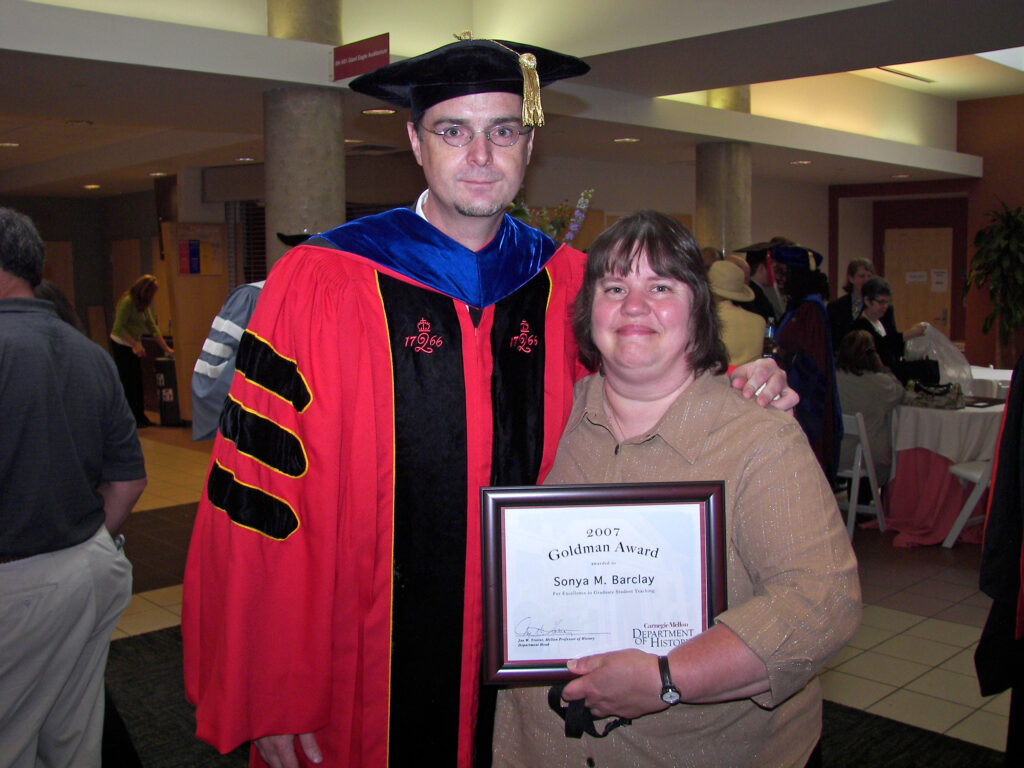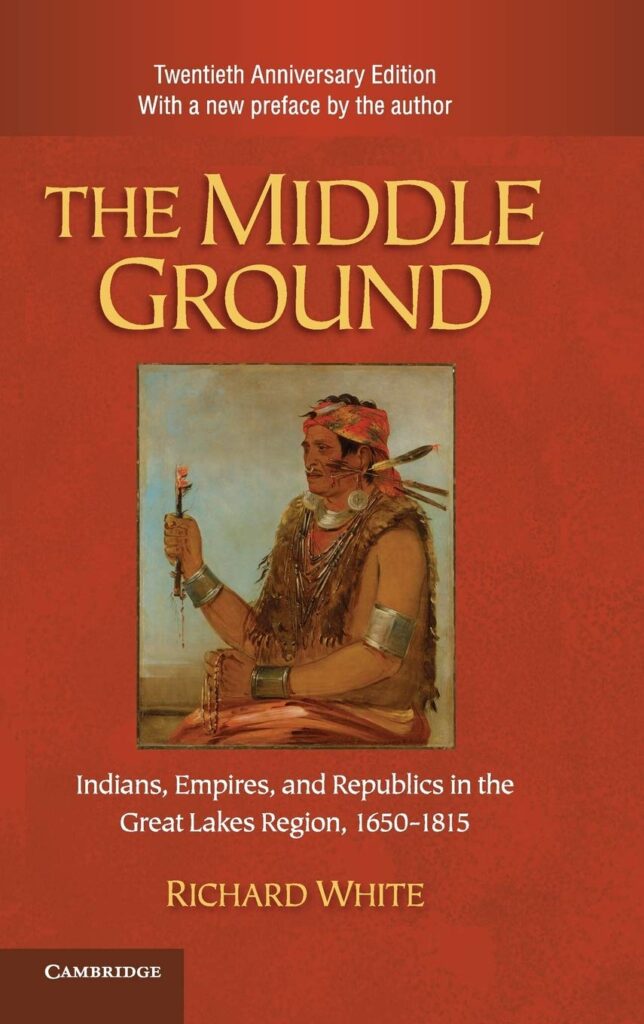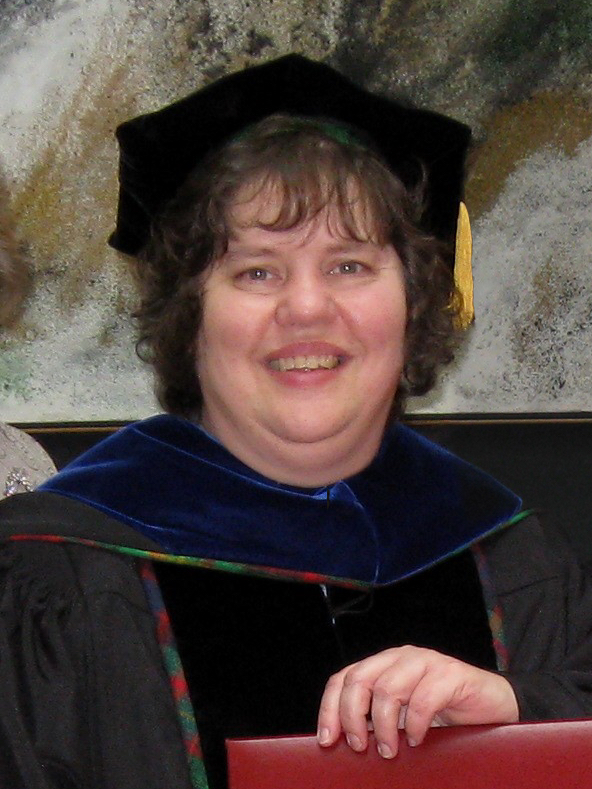Until Sonya wept in my office and begged for help, I had never listed systematically the tricks picked up in grad school or since. I always shared how I had struggled to keep up and recognize arguments. I extolled book-life balance but hadn’t taught it step by step. I had not accepted or fully conceived an actual duty to teach the skills we blithely expect of advanced students, whom we too easily leave to sink or swim under a workload many come in not imagining or expecting.
On the spot, I asked Sonya what was in her book bag. She was lugging around Richard White’s The Middle Ground, kind of afraid to open it. Perfect. I showed her how to make a reading plan.
Richard White is one of those brilliantly accommodating authors who makes his point in his book titles, empowering us to read for argument without too many details. The Middle Ground: Indians, Empires, and Republics in the Great Lakes Region, 1650-1815. Everyone knows that a middle ground is a space for negotiation. Given the where and when in the title, anyone with basic knowledge of early America can guess that the empires are France and Britain. Are the US and indigenous confederacies empires, too, or maybe the titular republics? So this is a study of power, negotiation, and changing players over time. Without opening the cover!
Sonya easily made these educated guesses. Next, we turned to the table of contents. Based on the presumed argument, which might be the key chapters? Chapter two, “The middle ground,” was easy to flag (as was chapter seven, repeating the key phrase in its title). Chapter three, “The fur trade,” named a player not cued by the book title. Chapters five and six, respectively, focused on “republicans” and “empires.” Chapter ten, “Confederacies,” did not echo the book title but confirmed our guess about indigenous alliances. That made half a dozen chapters out of eleven, not to dismiss all the rest, but simply to mark those six as potentially most important.
Long before showing Sonya, I had discovered that a book’s index is a more useful tool before reading than after. We go back to the index to relocate some hazy detail, but certain entries can also preview main topics, themes, and arguments to guide your reading. Scan for abstract nouns more than for proper names, entries listing many pages, and especially multipage ranges. For example, in White’s index, “alliances,” “chiefs,” “gifts,” “middle ground,” “republics,” and “trade goods” (as well as several subtopics under each) identify key sections within chapters.
Again, Sonya easily checked these pages against parts already chosen, merely by inference from the book and chapter titles, to refine her plan for where and what to focus on.
Do you know what discursive footnotes are? Of course you do, as did Sonya: less citations than wordy asides for litigating scholarly debates, interpretations, and arguments. I asked her to flip through every page. (White chose footnotes over endnotes, which academic readers prefer, but for this step endnotes are easier to scan continuously.) Sonya located a big one on page 154, in a chapter that she had not flagged, and several other long, chatty notes that explained debates she (and I) might have lost in White’s compellingly detailed narrative.
After tallying fights picked or points scored in the notes, we checked the acknowledgements for White’s colleagues and friends. Sonya recognized Bill Cronon, Ramon Gutierrez, and others. OK, so Richard White is that kind of historian.
Having her list sections and pages she planned to read, so far, I showed her how I had done that on the flyleaf of my own copy. Book indexes vary in utility, so I make my own—tracking themes I find interesting but don’t find in the printed entries. “Power,” for example, at pages 33-38, 57, 148, and 174-175. The “village world,” at 16, 37, 143, 185, 316, and 413. “Exchange,” at pages 99-103, 116, 128+, 265, and 334. It’s a good habit (and good fun) to index your own obsessions along with the author’s. So is keeping an eye out for one or two pages that sum up the entire book. For me, White does that at pages 456-457 . . . with still nearly 100 pages to go.








